Poland is intensifying its military modernization by expanding its Drone Force, and U.S. defense-tech company Anduril Industries is eyeing a strategic role in this effort. At a June 9, 2025, press briefing in Warsaw, Anduril’s CEO highlighted Poland’s robust defense upgrades as a key driver for potential local production partnerships, signaling a new chapter for Drone Technology in the region, reports Defense News.
Anduril’s Strategic Interest in Poland
Anduril Industries, known for its advanced autonomous systems, sees Poland as a prime location for expansion due to the country’s thriving software and manufacturing sectors.
“We’re still at an early stage of looking at things and different options,” said Brian Schimpf, Anduril’s co-founder and CEO, during the Warsaw briefing. “There’s amazing software and manufacturing here, and lots of great people. We could potentially launch production in Poland with a partner.”
This move aligns with Poland’s push to enhance its military capabilities, spurred by Russia‘s 2022 invasion of Ukraine. Anduril’s portfolio includes the Altius loitering munition, Barracuda autonomous air vehicles, and Copperhead underwater drones, all powered by Lattice, an AI-driven operating system that enables high autonomy. These systems could complement Poland’s growing unmanned arsenal, offering advanced surveillance, strike, and reconnaissance capabilities.
Poland’s Drone Force Takes Shape
Launched in 2025, Poland’s Drone Force aims to integrate a diverse array of unmanned aerial vehicles (UAVs) and potentially other unmanned systems. The Polish Ministry of Defense has already secured significant contracts to support this initiative. In May 2025, a $310 million deal with local firm WB Group will deliver 10,000 Warmate loitering munitions by 2035. Additionally, a December 2024 agreement with General Atomics will bring MQ-9B Sky Guardian drones to Poland by early 2027, enhancing long-range surveillance and strike options.
These acquisitions reflect Poland’s focus on rapid deployment of versatile, cost-effective drones. The Warmate, for instance, is a compact, precision-guided munition ideal for tactical operations, while the MQ-9B offers extended endurance and payload capacity for strategic missions.
Implications for Drone Technology and Industry
Anduril’s potential entry into Poland could accelerate the adoption of AI-powered drones in Europe. The Lattice system’s ability to integrate multiple platforms could streamline operations for Poland’s Drone Force, enabling seamless coordination between air, land, and sea systems. For drone professionals, this signals a shift toward software-driven solutions that prioritize autonomy and interoperability.
Economically, local production partnerships could boost Poland’s defense industry, creating jobs and fostering innovation. A 2024 report estimated Poland’s defense spending at $31 billion annually, with unmanned systems as a growing segment. Anduril’s involvement may attract further foreign investment, strengthening Poland’s position as a drone technology hub.
Regulatorily, Poland’s decisive procurement strategy—evident in its swift contracts for Warmate and MQ-9B—sets a model for NATO allies. However, integrating advanced AI systems like Lattice will require clear guidelines to ensure safe and ethical use, especially in contested environments.
Looking Ahead
Poland’s Drone Force, bolstered by Anduril’s potential expansion, underscores the country’s commitment to cutting-edge defense technology. For recreational pilots and drone professionals, this development highlights the increasing overlap between military and civilian drone advancements, particularly in AI and autonomy. As Poland deploys its new systems—spanning 10,000 Warmate units and high-altitude MQ-9Bs—the global Drone Industry will watch closely, anticipating innovations that could reshape aerial operations.
Discover more from DroneXL.co
Subscribe to get the latest posts sent to your email.




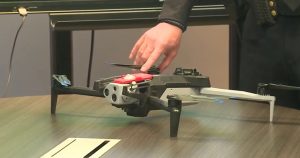
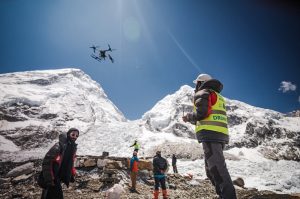

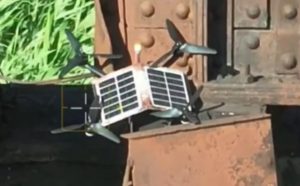
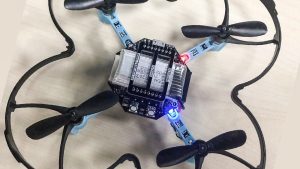
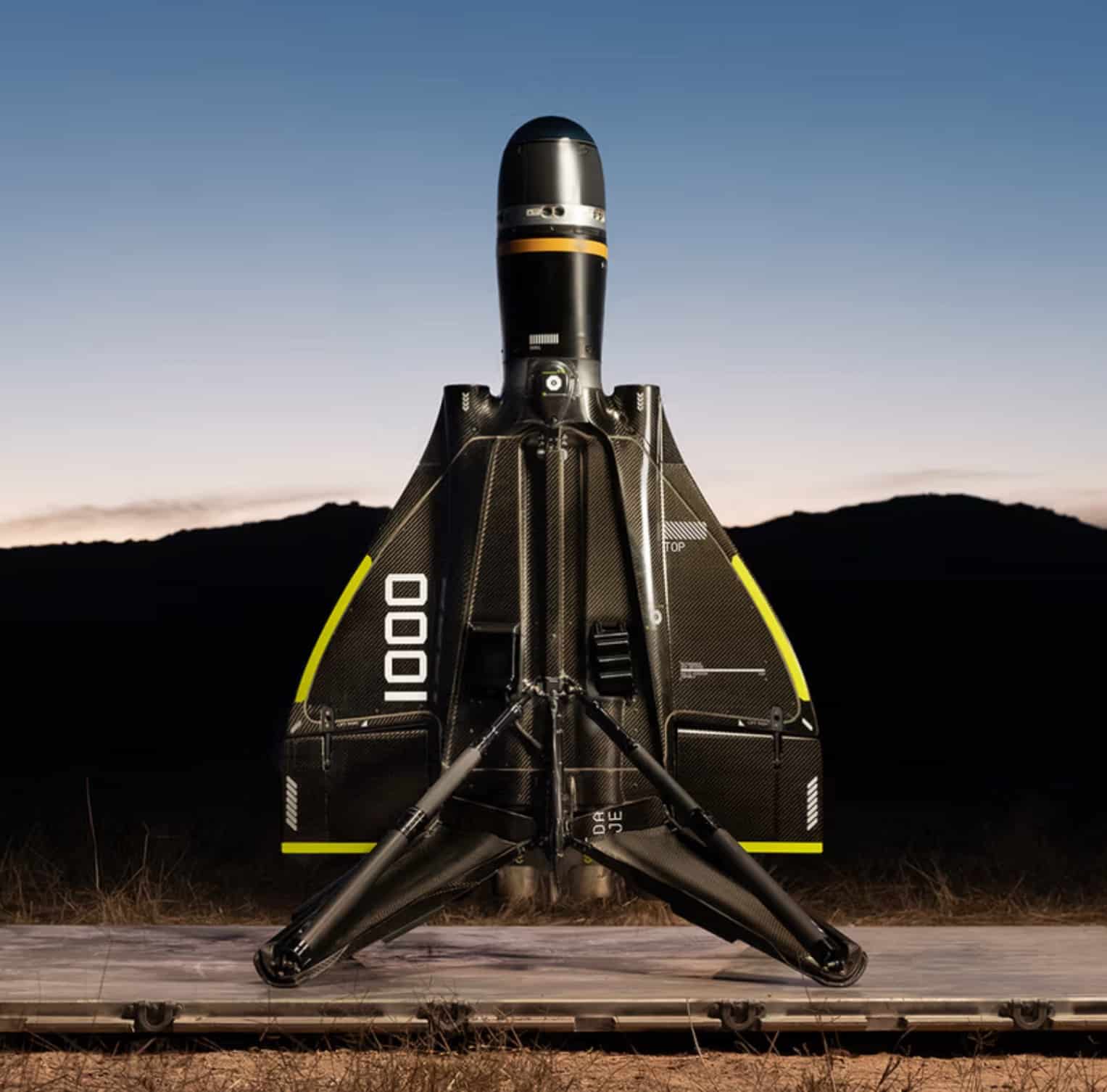


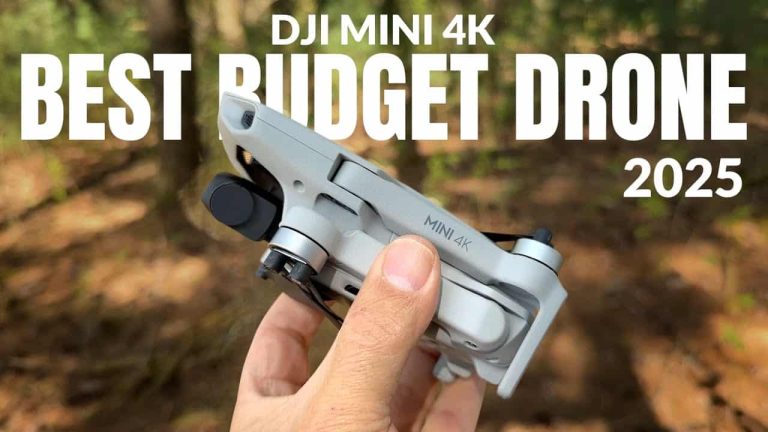

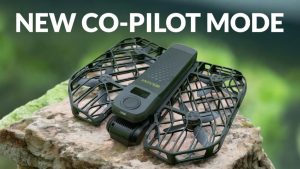

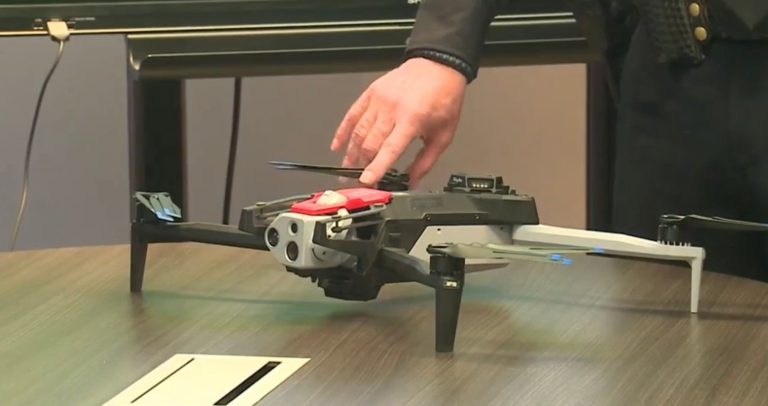
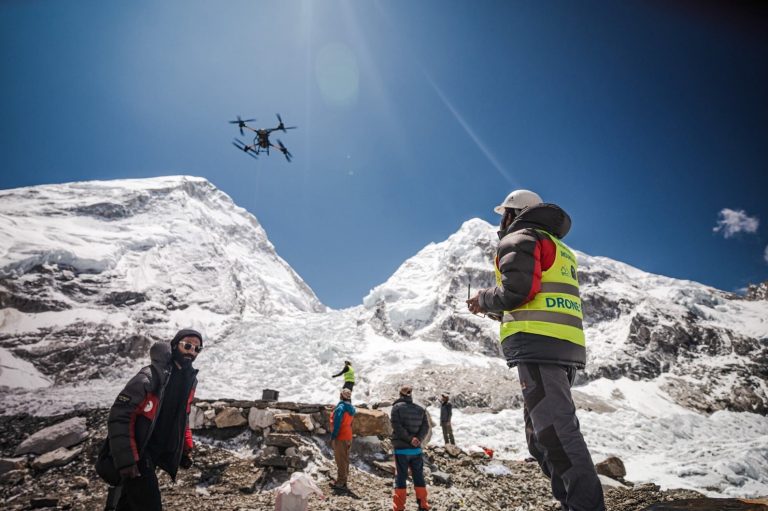
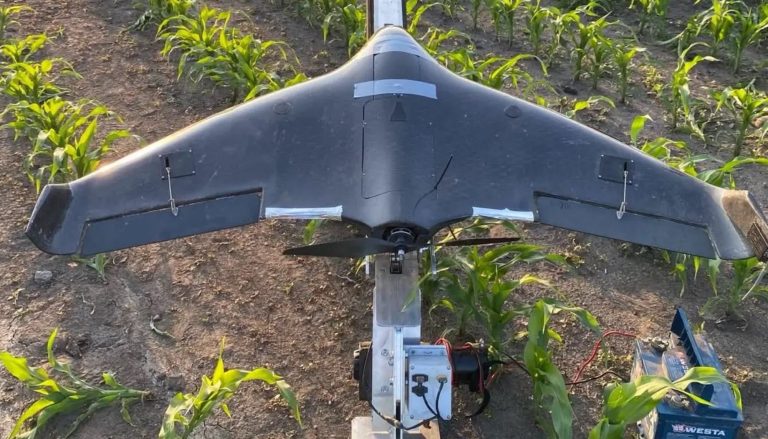
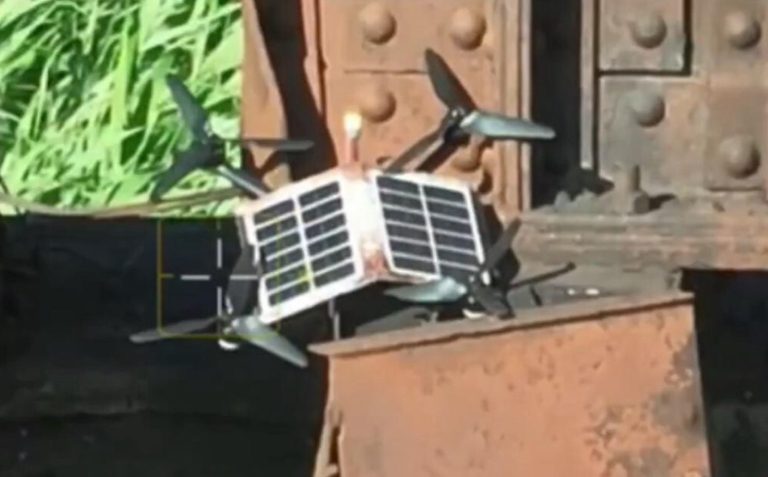
+ There are no comments
Add yours